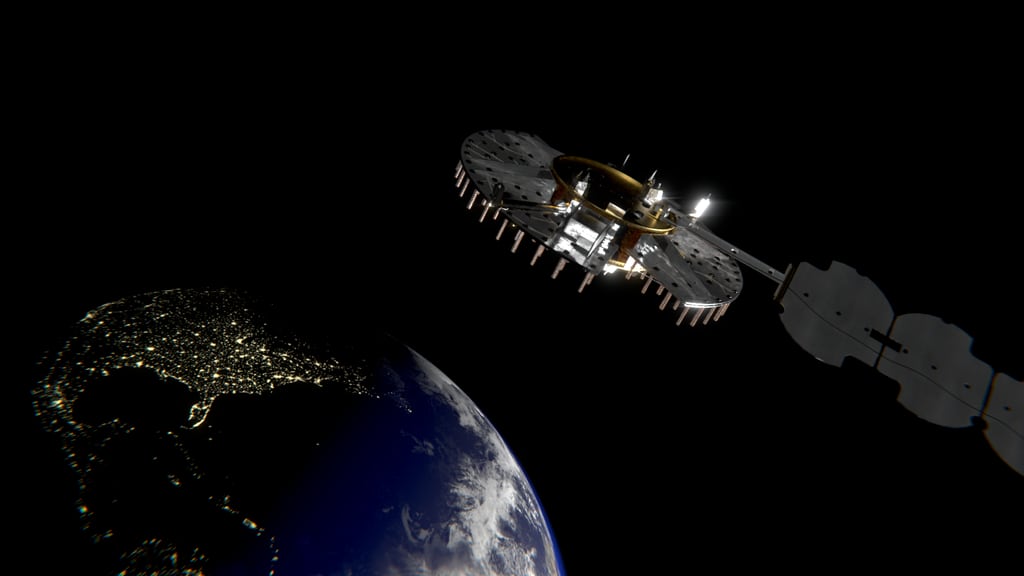WASHINGTON — L3Harris delivered the experimental Navigation Technology Satellite-3 to the Air Force Research Laboratory for its final phase of integration and testing, keeping the program on track for a late 2023 launch.
AFRL announced the delivery Jan. 26, which brings the lab closer to conducting the first U.S. positioning, navigation and timing experiment in almost a half century.
“This major milestone marks the transition from space system development at contractor’s facilities to the final stage of integration and test activities,” program manager Arlen Biersgreen said in a statement.
AFRL awarded L3Harris an $84 million contract in 2018 to develop NTS-3, which will serve as a testbed for future GPS capabilities including steerable beams that provide regional coverage, a reprogrammable payload that can receive updates while on orbit and built-in defenses against signal jamming. The lab and the Space Force are also considering how the satellite could augment the current GPS constellation as standalone small satellites.
The program’s scope also includes development of NTS-3 ground receivers, which allow military users to take advantage of the satellite’s advanced PNT capabilities.
In its first year on orbit, the satellite will conduct more than 100 experiments to test different technologies and performance techniques. In the meantime, the program has been using the satellite in ground experiments and exercises, including the Army’s PNT Assessment Exercise last August.
With the satellite now on hand, Biersgreen said AFRL and L3Harris are conducting functional and performance tests. These include the first evaluation of the satellite’s radio frequency broadcast capability. Once the tests conclude, the lab will test the satellite’s performance in conditions meant to simulate the space environment.
Data from NTS-3 ground testing will be available to the Space Force and other partners on the program in the coming months, he said.
As the program’s continue preparations for NTS-3′s launch, the Space Force and the Air Force are making plans for how they will use the technology. The Space Force is in the throes of a force design study that will recommend changes to the current PNT architecture.
The Air Force Life Cycle Management Center, on the other hand, is closely tracking the user segment, which includes the PNT receivers.
Courtney Albon is C4ISRNET’s space and emerging technology reporter. She has covered the U.S. military since 2012, with a focus on the Air Force and Space Force. She has reported on some of the Defense Department’s most significant acquisition, budget and policy challenges.








